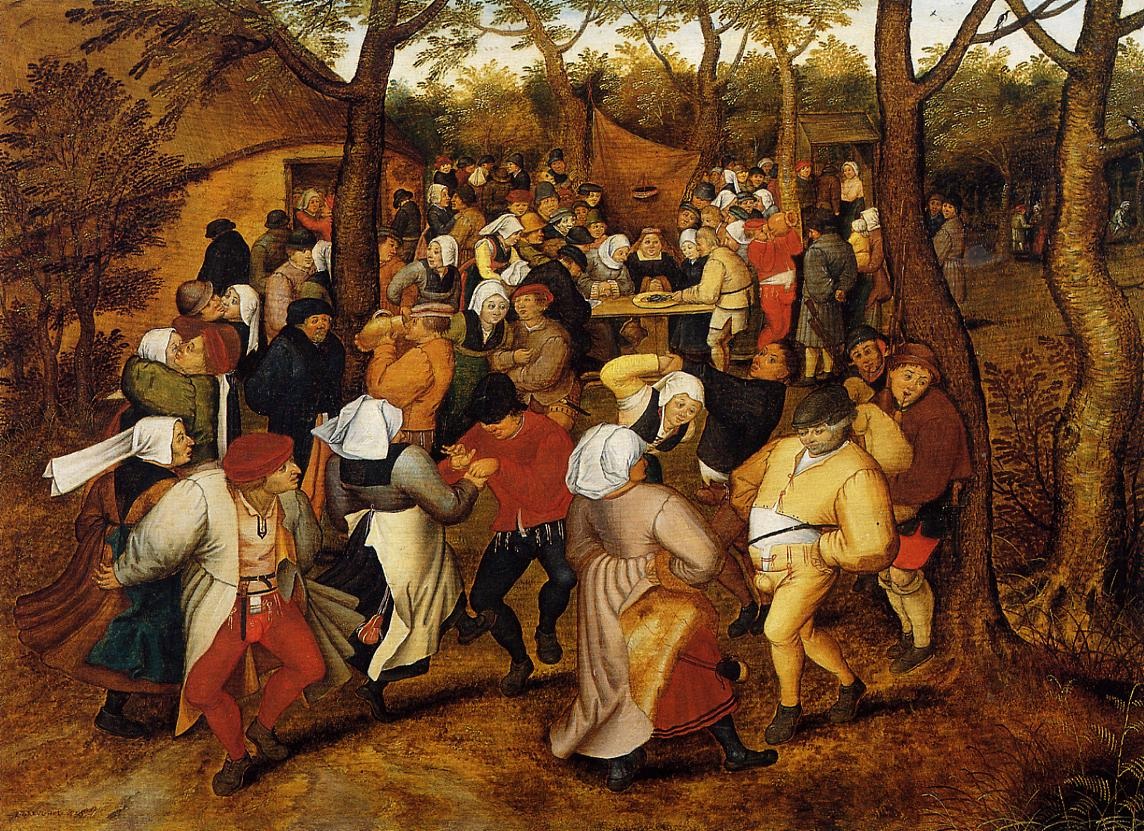Tap Outside Communities for Innovations
To gain access to all Ideas for Leaders content please Log In Here or if you are not already registered then Register Here.

While companies, especially larger companies, invest a significant slice of their budgets on R&D, researchers are demonstrating that breakthrough innovation and ideas often come from outside the organization — specifically from communities of product users and amateurs in the field. For Wharton professor of management Ethan Mollick, a leading authority on the topic, Apple’s App Store is the latest example of the power of user communities.
To read the full text on this Idea you will need to log-in or register with the Ideas for Leaders site. Please click here to log-in and here to register for the first time.
If you are a member of one of our Sustainable Leadership Communities you can log-in using your SLC log-in details, with your email prefixed by the community group you are in. eg: uk.jane.fraser@abcgroup.com

Ideas for Leaders is a free-to-access site. If you enjoy our content and find it valuable, please consider subscribing to our Developing Leaders Quarterly publication, this presents academic, business and consultant perspectives on leadership issues either as a digital subscription, or better still in a beautifully produced, small volume delivered to your desk four times a year.

For the less than the price of a coffee a week you can read over 650 summaries of research that cost universities over $1 billion to produce.
Use our Ideas to:
Speak to us on how else you can leverage this content to benefit your organization. info@ideasforleaders.com